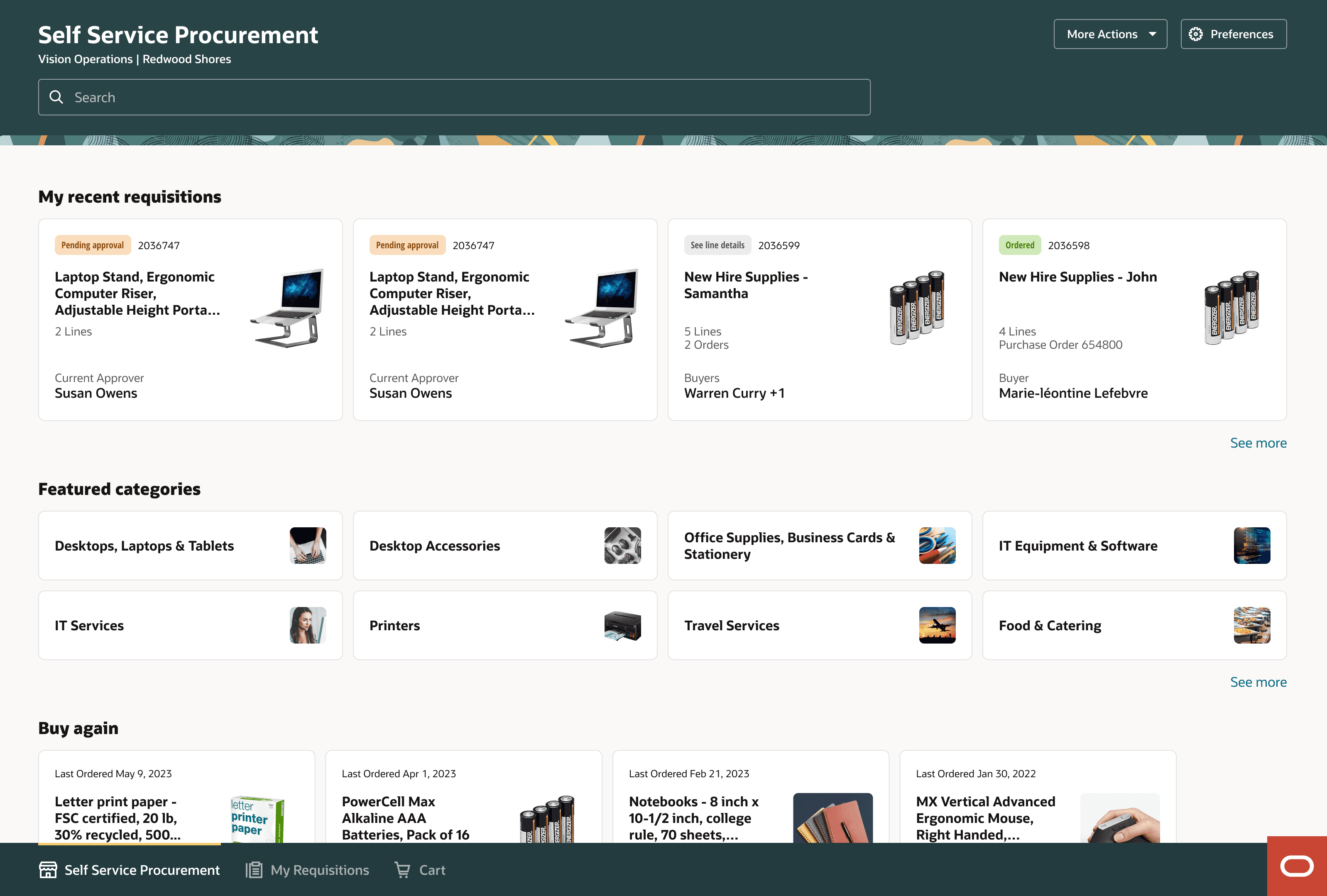Overview
The Problem
The legacy SSP platform had an outdated interface and struggled with complex procurement tasks, especially for advanced users managing large or custom orders. This led to inefficiencies and user frustration, highlighting the need for a more flexible and reliable system.
My Role
I collaborated closely with multiple Product Managers, strategy teams, and developers to understand product requirements, gather insights, and design seamless, user-centric solution. Through an iterative design process, I continuously refined solutions based on feedback to ensure optimal user experience and business alignment.
Research and Insights
We began by analysing the existing product’s functionalities and conducting customer interviews to identify challenges and opportunities for improvement. Key insights included:
Outdated Design: The legacy system was built on outdated technology, resulting in a clunky interface and unintuitive workflows.
Difficulty in Finding Products: Inconsistent categorisation and poor search accuracy made it hard for users to find relevant products quickly.
Handling Large Volume requisitions: In Current application there is no way to handle large volume requisitions requiring time-consuming manual entry for multi-line requests, offering no bulk upload functionality, creating inefficiencies in reviewing and approving large requisitions.
Limited Mobile Usability: On-the-go users found it hard to place and track orders via mobile due to a non-responsive design and lack of mobile-first optimisation.
Limited Control for Advanced Users: Advanced users needed more control over request-related values, including setting custom fulfillment details at the line level, defining conditional rules for processing, and managing supplier terms directly.
Current UI
Design Goal
Final Designs
Impact
Higher Adoption & Satisfaction. Improved usability makes procurement feel as seamless as shopping on Amazon or eBay, increasing user engagement.
Faster Requisition Process. The time required to place a requisition is significantly reduced, improving efficiency and user experience.
Usage grew by 25% month over month, demonstrating strong adoption and preference for the new experience.
Receiving











